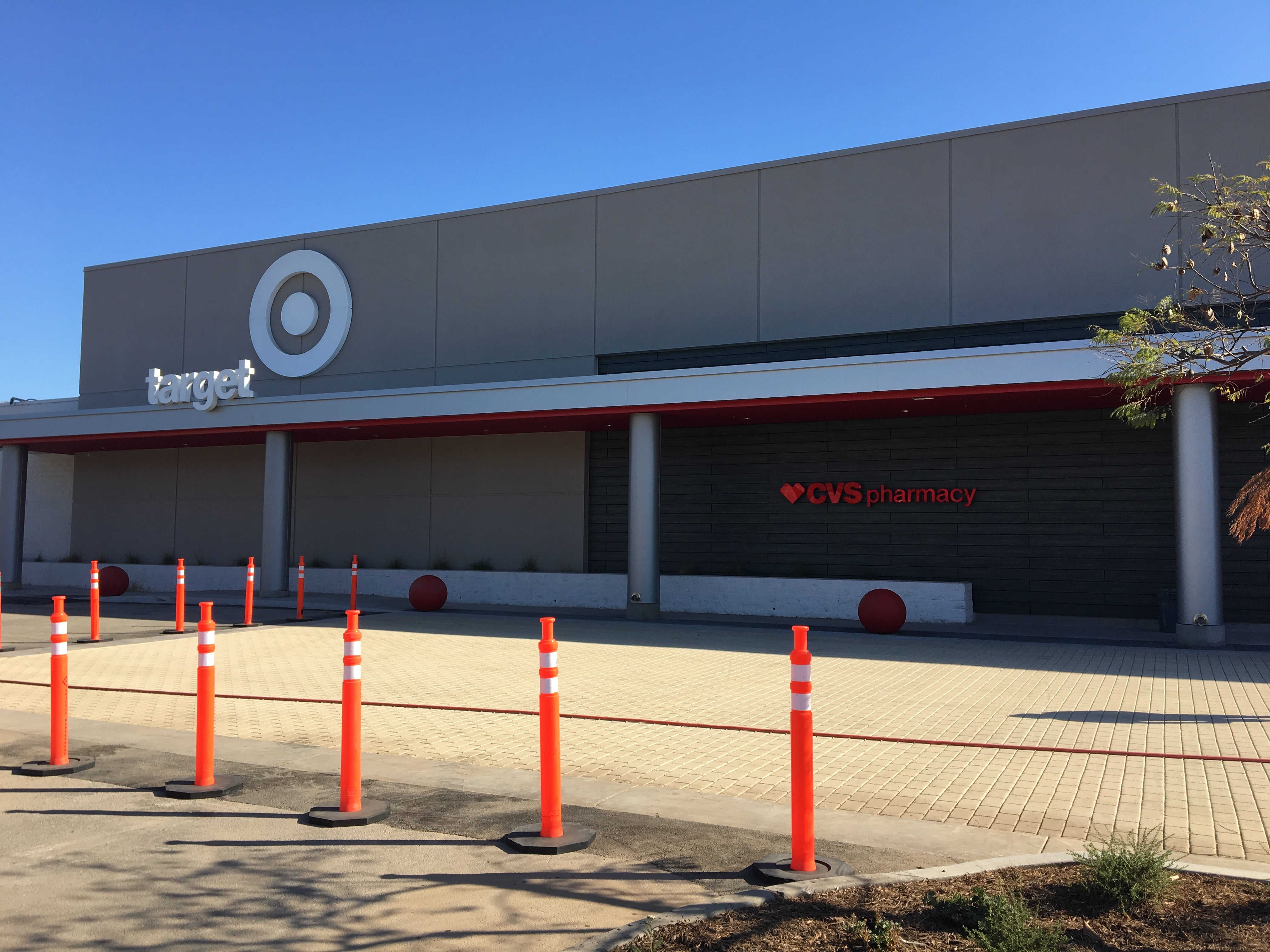Wet Winter, No New Water
Goleta Ban Remains Despite Abundant Rains

The five-year-old moratorium on new water hookups in the Goleta Valley will likely continue through 2020, even though the drought emergency is over, authorities say.
On the heels of a very wet winter, the Goleta Water District is receiving its normal deliveries from Lake Cachuma, a key condition for lifting the moratorium on new service under the SAFE Water Supplies Ordinance of 1991. But district officials say they are unable to fulfill a second condition that requires injecting a large supply of Cachuma water into the valley’s depleted groundwater basins.
On October 8, the Goleta Water District board will vote on a resolution extending the moratorium through 2020. It has been in effect since September 2014, when Cachuma was two-thirds empty and all the South Coast water agencies agreed to a 55 percent cut in their reservoir allocations.
“It is unlikely that the district will be able to provide any water for new or additional service in 2020,” Ryan Drake, water supply and conservation manager, said this week.
Drake said the district is currently blending groundwater with Cachuma water because the Whittier and Thomas fires and associated debris flows have degraded the quality of the reservoir supply. The district doesn’t have enough injection capacity for 2,477 acre-feet, the annual groundwater storage requirement under the SAFE ordinance, Drake said. That’s more than a quarter of the district’s normal allotment of Cachuma water. Goleta Valley residents use just under 10,000 acre-feet of water per year.
In addition, the district needs a groundwater injection permit from the state Regional Water Quality Control Board, John McInnes, the district general manager, told a long-range planning committee this month.
“It’s a very heavy lift to get the permit,” McInnes said, noting that the mineral content of the injected water cannot exceed the mineral content of the water underground. “We’ve heard that we’re close, but we have no definite time frame.”
The state may limit the amount of water that can be injected into Goleta Valley groundwater basins, prolonging the moratorium, McInnes said.
Goleta Valley voters approved the SAFE ordinance at the end of the six-year drought of 1986 to 1991. It authorizes the release of up to one percent of available water supply for new or additional service if no rationing is in effect, and if the Goleta Water District is receiving normal deliveries from Cachuma. The district also must meet an annual storage commitment to the groundwater basins until they reach 1972 levels. The ordinance does not require the basins to be fully replenished before the district lifts the moratorium.
At the same time, the moratorium does not apply to preexisting water entitlements – a patchwork of reclaimable meters, unused permits, outstanding “will serve” letters and historical water service agreements dating back to the 1950s in the valley. In deference to this “stealth demand,” the district has approved water connections for hundreds of new homes and apartments during the moratorium, including UCSB’s San Joaquin Villages on Storke Road.
According to a district staff report, 21 projects requiring about 200 acre-feet of water per year are exempt from the water moratorium and currently in various stages of application for water service. They include the Cortona Corner Apartments – 176 units on Cortona Drive; the third phase of Willow Springs Heritage Ridge – 346 apartments, a community center and two-acre park on Los Carneros Road; and a Target store, fire station and senior living facility on Hollister. Two hundred acre-feet is enough water to serve more than 600 families of four for a year.
Meanwhile, Goleta Valley residents, some of the most water-thrifty in the state, continue to conserve, even after a wet winter.
“Demand has hardened and is not coming back even close to pre-drought levels,” McInnes said.
Elsewhere on the South Coast, the Montecito Water District lifted its five-year moratorium on new water hookups in May. But the Carpinteria Water District and the City of Santa Barbara are drafting a joint letter to the state board, asking it to revisit what they view as unnecessarily onerous permit requirements.
The injection permit has been termed a “waste discharge” permit, said Joshua Haggmark, Santa Barbara water resources manager, yet, he said, naturally-occurring minerals in reservoir water such as iron, boron and sulfate don’t pose a health hazard.
“I just put my foot down,” Haggmark said. “We’re not getting a ‘waste discharge’ permit to put our drinking water into the ground. That’s ridiculous.”
South Coast groundwater basins – drought buffers of last resort – were drawn down severely during the seven-year drought that ended last winter. It’s imperative to start replenishing them soon and avoid the loss of reservoir water to evaporation, Haggmark said.
State officials say the injection permits are necessary to prevent the degradation of groundwater in California.
CORRECTION: An earlier version of this story incorrectly stated that the Montecito Water District has applied for a groundwater injection permit from the state. It has not applied for such a permit.



